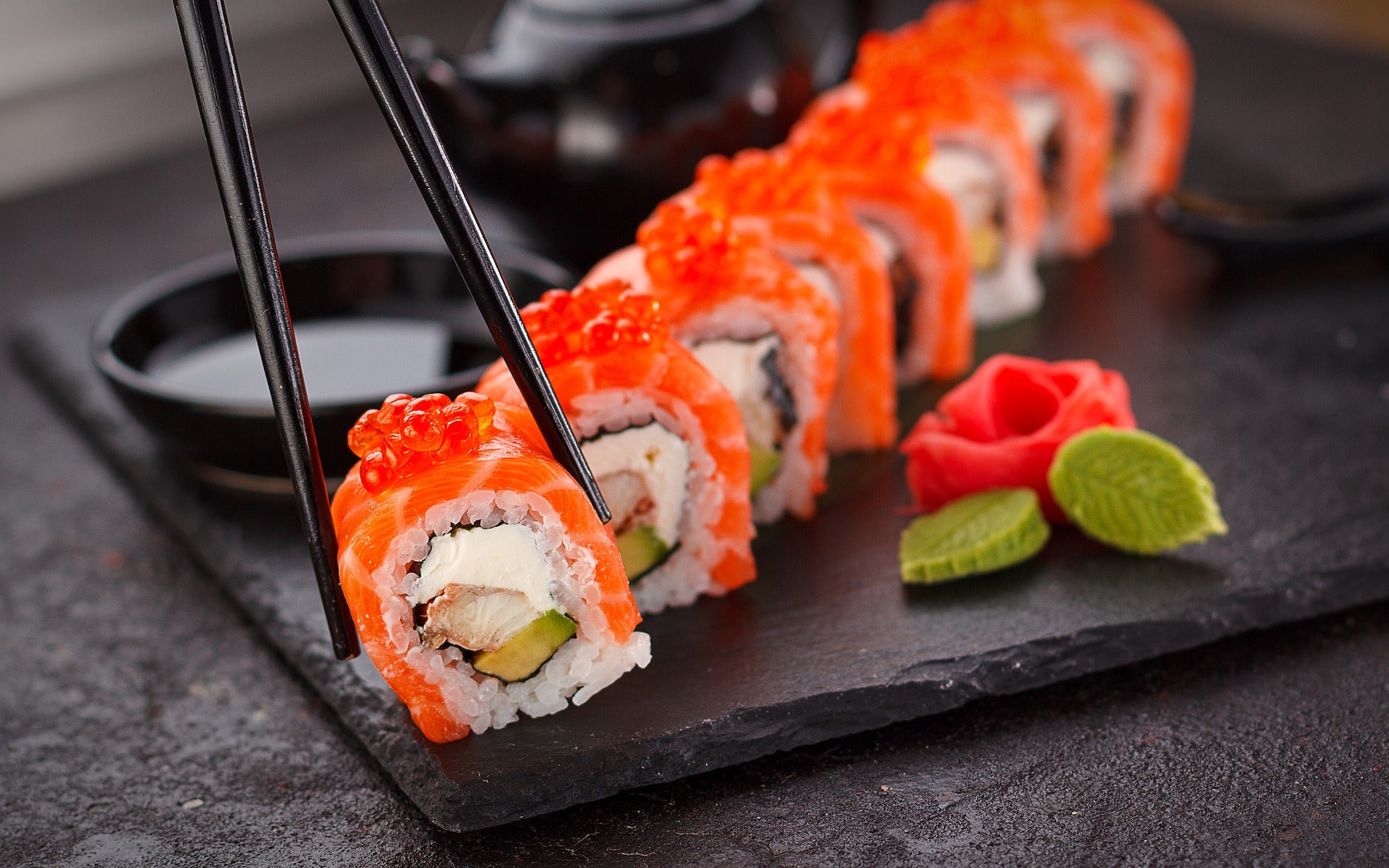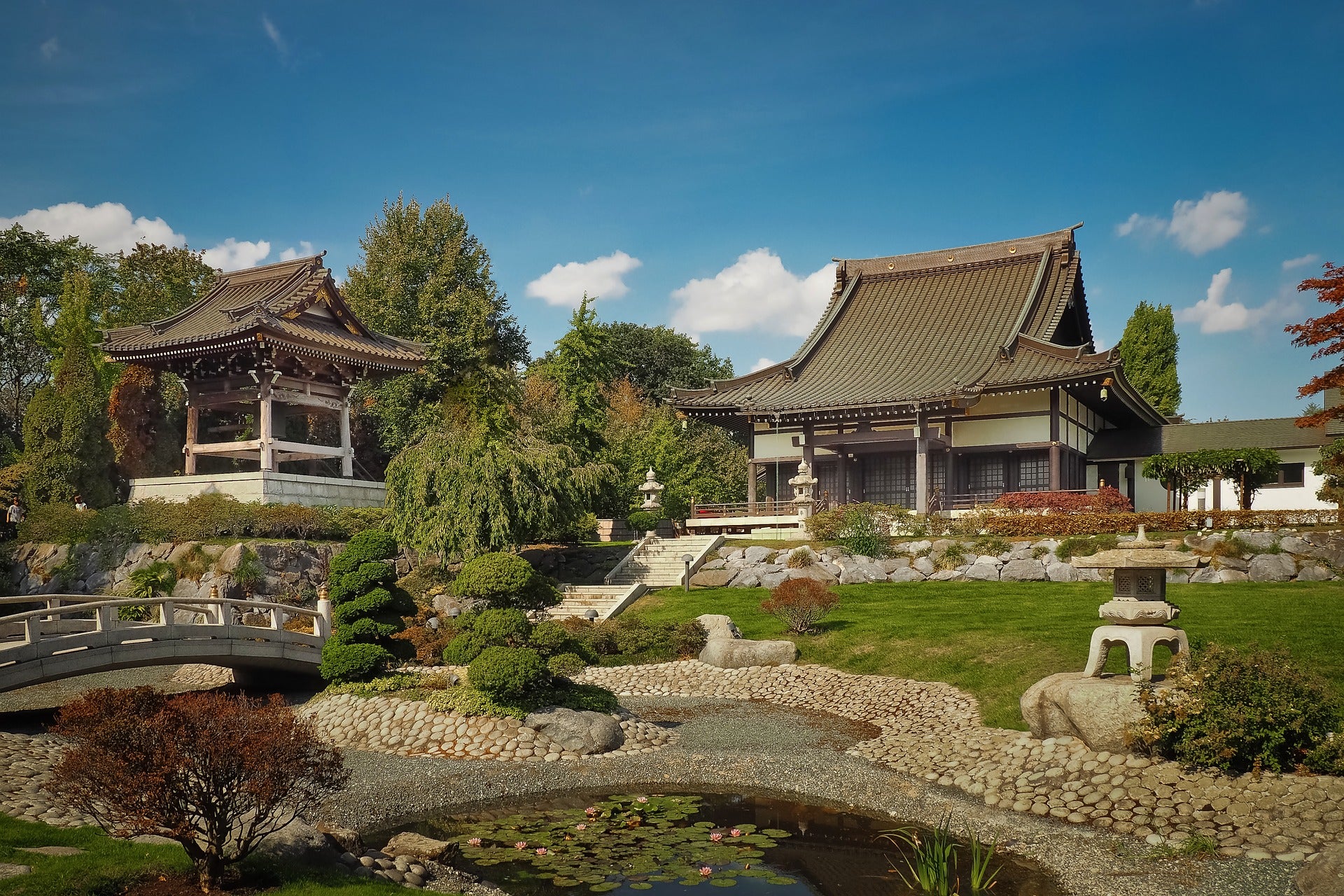
Where does sushi come from and why is it so popular today?
Today sushi is everywhere!
Whether you like them raw, as sashimi, fried or chopped into a sushi bowl (Poke), eating raw fish has become a common thing today and everyone has tried eating sushi at some point.
Whether you enjoy it with a glass of sake, a cocktail, a glass of wine, or any other beverage, sushi offers a unique and delicious taste experience unlike anything else. The cold, firm fish combined with rice, sauce, and other ingredients creates a unique and delicious combination.
Sushi has quickly become one of the most popular international dishes over the past century, and it's easy to find a sushi restaurant anywhere in the world. In France, there are nearly 2,000 sushi restaurants! But how did this delicious dish come into being and become so popular? Has the idea of eating raw fish always been accepted by the population?
The Origin of Sushi
The origins of sushi date back millennia to the rice paddies of Asia—China, to be precise. This may come as a shock, as most people assume that sushi originated in Japan. However, this is not the case. While Japan is certainly the sushi capital of the world—and is responsible for introducing travelers to the dish—sushi has its origins in a Chinese dish called "narezushi."
This dish consisted of fermented rice and salted fish. The earliest known origin of this dish dates back to the 2nd century BC, making it nearly 2,000 years older than refrigerators.
This is why narezushi was actually a very practical dish. The rice was fermented to preserve it, and the fish was also heavily salted to prevent the growth of bacteria and microorganisms—this kept it fresher for longer, even if stored without any form of refrigeration. Interestingly, the rice was usually discarded when the fish was eaten. It was only used to wrap and preserve the fish.
This dish spread from China to Japan in the 8th century. The first reference to "sushi" appeared in the Yoro Codex, written in 718.
Over the next few centuries, the dish slowly began to change. The Japanese began eating three meals a day, boiling their rice, and using rice vinegar to speed up the fermentation process. The smell of preserved fish was still strong, but a faster fermentation process reduced the time required to create Japanese sushi.
In the mid-18th century, sushi spread to Edo, where three famous sushi restaurants—Matsunozushi, Kenukizushi, and Yoheizushi—opened. Thousands more followed by the end of the 18th century. In 1852, one writer stated that for every 100x100 square meter block (cho) in Edo, there were one or two sushi restaurants!
However, this sushi wasn't quite the same as the sushi we know today. It was often cooked—due to lack of refrigeration—and served in larger pieces.
To understand the history and form of sushi as we know it today, we need to look at a chef named Hanaya Yohei who changed the world of sushi forever.
He discovered that instead of simply discarding the rice, you could mix it with a little vinegar and place a small piece of fish on top, resulting in a tasty, delicious, portable, and affordable snack. Thus, nigiri was born—and the story of sushi as we know it in the West began in Japan. Soon after, the dish began to spread around the world.
Sushi in Western Culture
Sushi was introduced to the West in the early 1900s, following Japanese immigration after the Meiji Restoration (also known as the Meiji Revolution). However, it was only popular among the upper class, and with the decline of Japanese immigration in the late 1900s, it became much less common. Additionally, some people had difficulty with the idea of eating raw fish.
Sushi became popular again in the West a few years after the end of World War II, when Japan opened up to international trade, tourism, and business. In the 1960s, this trend began to take hold in our continent, and middle-class people began to try and enjoy sushi.
To help Westerners get used to the idea of eating sushi, many restaurants have begun experimenting with new flavor combinations and sushi rolls. One of the most popular rolls is the now-subtle California Roll, which is an inside-out "makizushi" roll with cucumber, crab meat (or imitation crab meat), and avocado served with white rice.
This combination of flavors immediately won people over—and since the crab meat was cooked inside the roll, diners didn't have to be shy about eating raw fish! Eventually, people became accustomed to this form of food and gradually turned to more traditional dishes like sashimi and nigiri. This is how sushi restaurants became a national and then international phenomenon.
Has our article made your mouth water? Why not make your own sushi and maki with our " Natural Bamboo Sushi Mat "?


